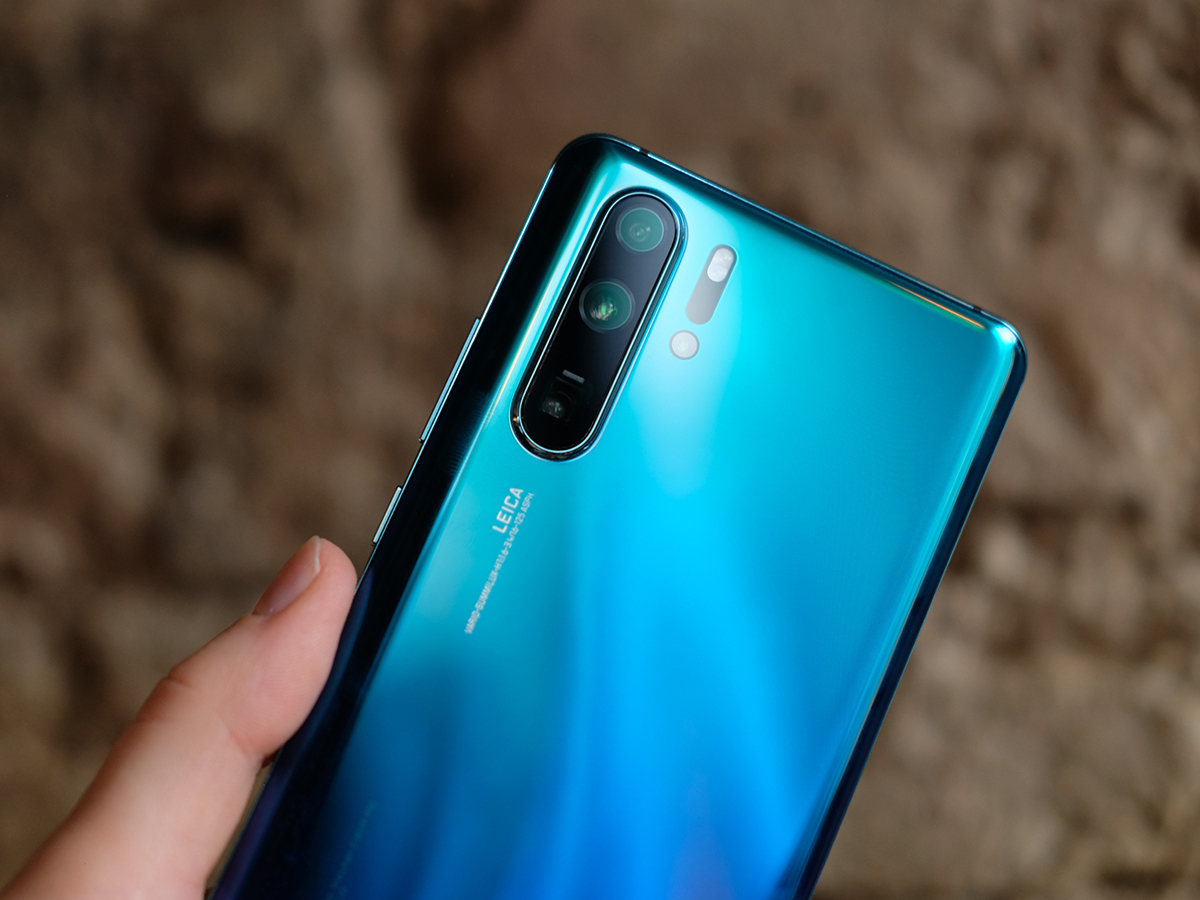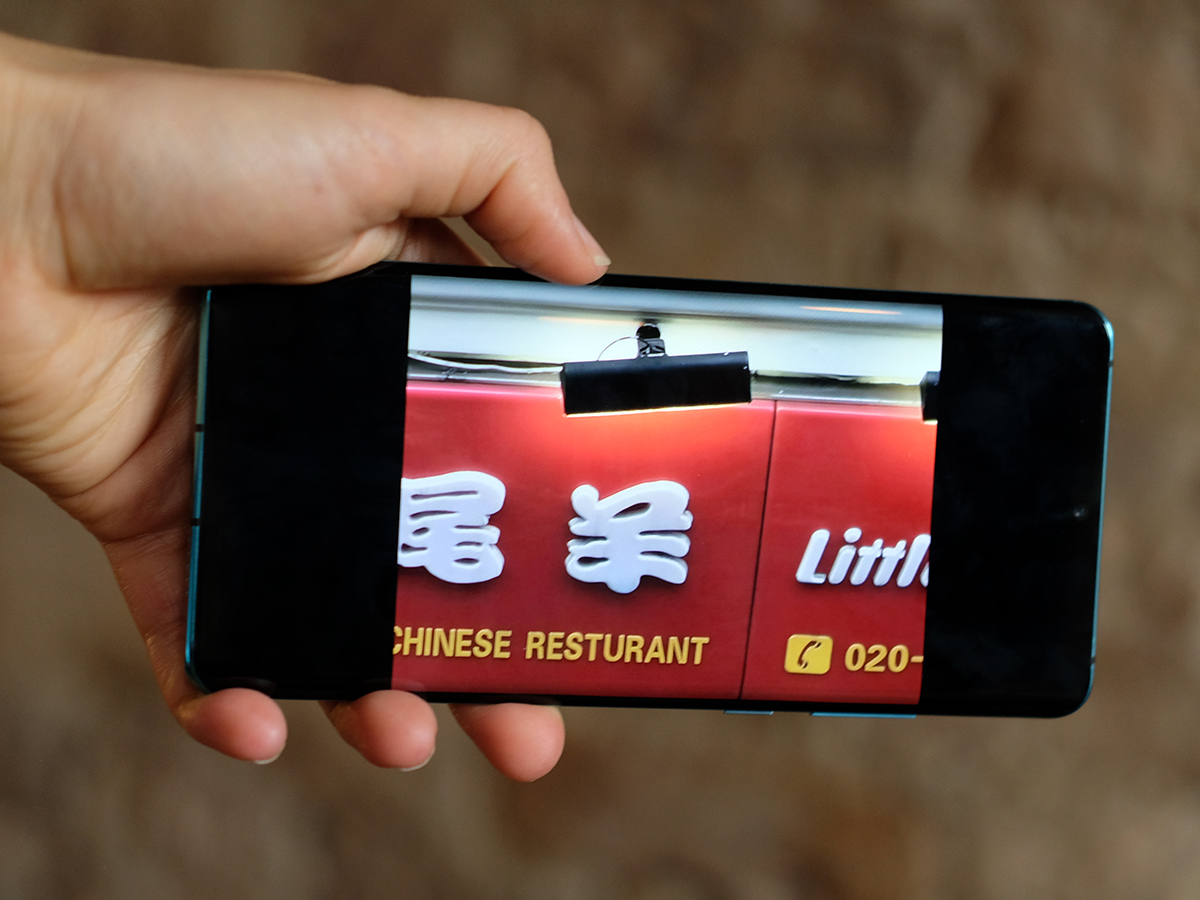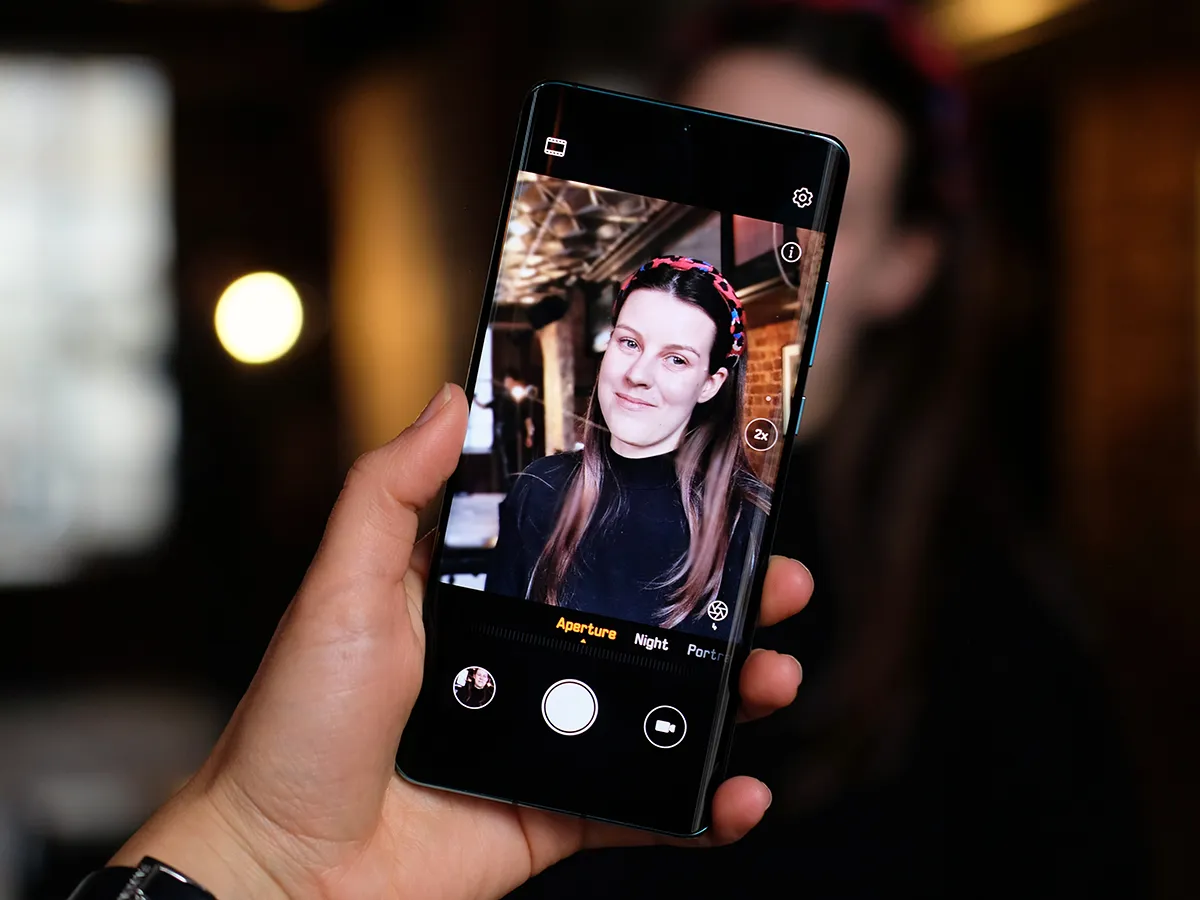Huawei P30 Pro review | Stuff
Mục lục bài viết
Camera: Get lossless
Now above all, this is a photographic phone, which will no doubt become famed for its camera just as its predecessor was. The P30 Pro should set the bar even higher.
Firstly looking at the camera array on back, you get: a 40MP 27mm f/1.6 wide-angle main sensor, a 20MP ultra wide-angle 16mm f/2.2 and an 8MP 5x optical periscope zoom lens, plus a ToF lens which we first saw on an Oppo prototype at MWC this year.
On paper, the zoom lens gets the nod of approval – it’s really impressive. Especially the image stabilisation as we zoomed to over 10x, I could feel the camera working hard to counteract my wobbling. There are colouring issues as expected as you zoom in closer, but that would be expected on any camera.
The company promises 10x lossless zoom. How? In short, thanks to a combination of the P30 Pro’s focal length (equivalent of 135mm for an optical zoom of 7.8x), and data from the main camera sensor which pushes it to that 10x figure. It’s almost addictive to go zoom-crazy when you’ve got this phone in your hand. The detail is incredible at both 5x and 10x, things start to look a little bit undefined when you start going over 15x, but it’ll still manage more than the likes of my iPhone XS max or a Pixel 3.
The front facing camera has upped to 32MP – which is arguably more detail than anyone could possibly want. Maybe that’s just us though. Portrait mode works well on selfies and even in dim lighting – the photos are bright. There’s ‘beauty’ mode again which, thankfully, can be switched off.
Huawei, with Leica, have manufactured a new SuperSpectrum Sensor, so instead of RBG it uses RYYB. What this means to us simple folk is that more light can be absorbed. From swapping the green to yellow – as yellow can take in both green and red, there is more light information to work with, therefore, crisper photos.
The only tiny niggle we had with the camera was the rendering of green, taking the phone with me on a woodland walk, some of the foliage looked a little too vibrant and saturated, which, might just be a preference as I prefer more natural tones.
Light Sensitivity ISO up to 400,000 from 102400 on the P20 Pro which means this should work wonders for night shooting – there’s exposure time for 6 seconds whereby you must keep the phone really steady. When this was done successfully, night mode is unbelievable. Far more than what the human eye can decipher that’s for sure. Night Mode takes multiple frames at varying exposures and then combines them into a single HDR image.
The new ToF camera sits above a light – they work in sync so that the sensor can accurately record how long it takes for the light to be reflected back off an object. This is handy for accurate reading of objects and also great for increasing depth and bokeh. In theory, the camera array should have a better understanding of the content. Portraits, in good light were mostly excellent, but in low light we did have some slight focusing issues.
If video is more your bag, there’s a new dual view video which uses two cameras at the same time. So you can basically be filming two things at once – which sounds all kinds of crazy and actually quite mind boggling. We could really do with an extra brain to keep tabs on one of the frames.
Imagine if you’re shooting a football match, have one camera on the entire pitch and another closing in on the action. Yet it’s all recorded as a single video.
Huawei also promise excellent low light performance in video mode – we’d need to spend a lot more time shooting some, er, B-roll to really see if Spielberg would be impressed.














